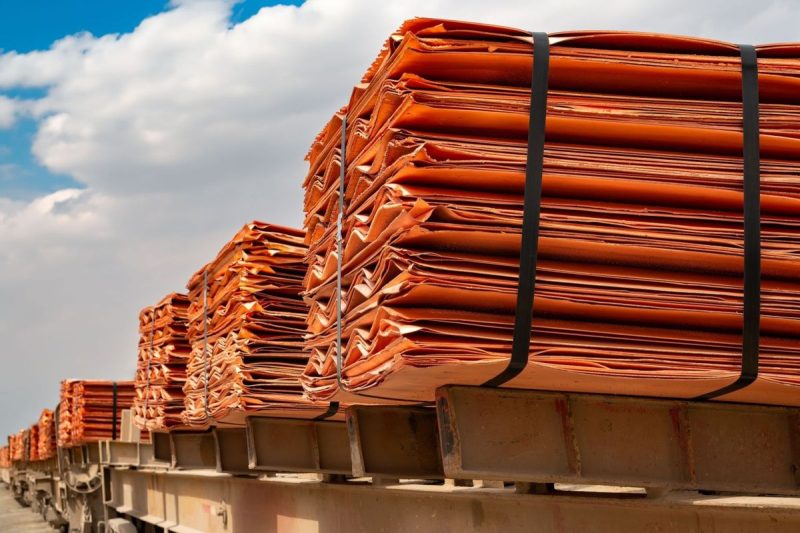
Unlimited Demand Meets Limited Supply: The Copper Conundrum with Robert Friedland
Robert Friedland: No Rational Price for Copper as Essentially Infinite Demand Meets Short Supply
In a recent keynote address at the 2019 Mining Indaba conference in Cape Town, Robert Friedland, the renowned mining entrepreneur, shared his insights on the current state of the copper market. Friedland’s renowned knack for identifying lucrative opportunities in the mining sector has made him one of the most influential figures in the industry.
Friedland’s bold statement that there is no rational price for copper reflects his belief that the growing demand for copper, driven by technological advancements and global urbanization, is rapidly outstripping the available supply. This imbalance between demand and supply, he argues, makes it impossible to establish a fair and realistic price for copper.
One of the key drivers of the increasing demand for copper is its essential role in the transition to a greener and more sustainable future. The metal is a critical component in renewable energy technologies such as solar panels, wind turbines, and electric vehicles. With governments around the world setting ambitious targets for reducing carbon emissions, the demand for copper is only expected to rise in the coming years.
On the supply side, Friedland points out that the global copper industry is facing significant challenges. Aging mines, declining ore grades, and limited new discoveries are all contributing to a squeeze on the available copper supply. In addition, geopolitical factors, labor disputes, and regulatory hurdles further complicate the production and distribution of copper.
Friedland’s assertion that the demand for copper is essentially infinite may sound hyperbolic, but it underscores the unprecedented growth opportunities that lie ahead for the mining industry. As the world transitions to a low-carbon economy and embraces new technologies, copper will play a vital role in enabling this transformation. Investors and stakeholders in the mining sector would do well to heed Friedland’s warning that the current supply-demand imbalance in the copper market defies rational pricing models.
In conclusion, Robert Friedland’s assessment of the copper market serves as a wake-up call to the industry. The increasing demand for copper driven by technological innovation and sustainability goals, coupled with challenges on the supply side, paints a complex and dynamic picture for the future of the metal. As stakeholders navigate this evolving landscape, the need for strategic investments, sustainable practices, and forward-thinking policies becomes more evident than ever. The age of rational pricing for copper may indeed be a thing of the past, ushering in a new era of uncertainty and opportunity in the global mining sector.
